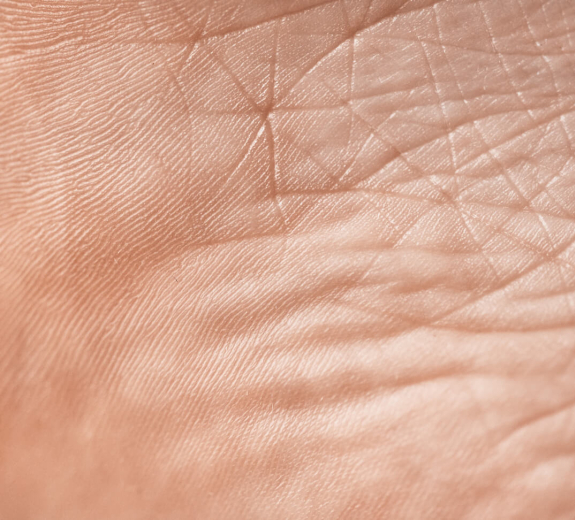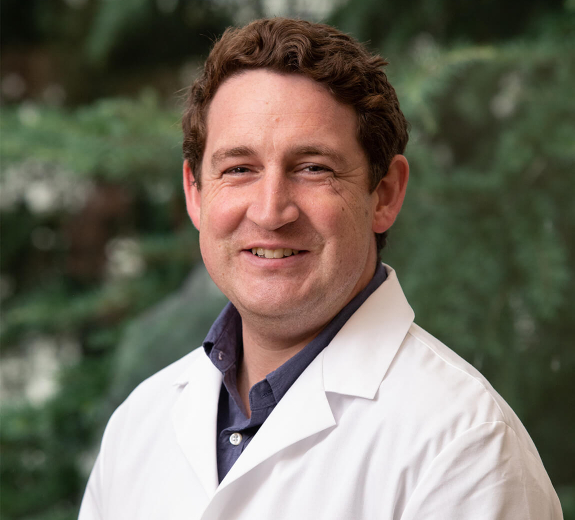The immune system might mistakenly attack good bacteria in the skin, fail to fight off harmful bacteria, or keep attacking even when bad bacteria is gone. But few immunologists have studied how the immune system interacts with the skin microbiome, and why those processes go wrong.
Oliver Harrison, DPhil, joined BRI in 2019 to explore this new frontier. He’s part of a new generation of BRI scientists, taking our research in new directions. He has already made some key findings — including uncovering a mysterious type of T cell with a critical job — and he recently landed a $2.9 million NIH grant to propel this promising work.
“We still don't know a lot of basics about how the body responds to these microbes,” Dr. Harrison says. “First, we want to learn more about how those responses work. Then we can ask ‘does your immune system carry out processes that we didn’t know about?’ And, if so, can we learn how to speed them up to heal wounds or slow them down to curb autoimmunity?”




